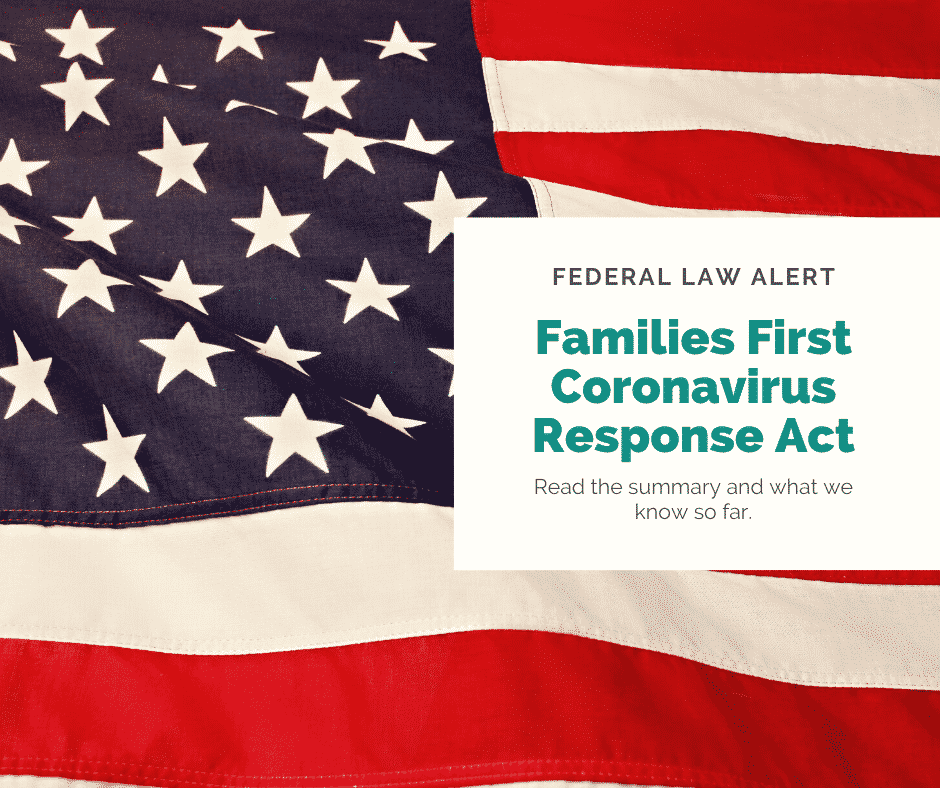Family Leave Rules: Caring for a Spouse, Child or Parent
The National Partnership for Women and Families says that “at some point, nearly everyone will need to take time away from work to deal with a serious personal or family health condition, or to bond with a new child.” Yet only 19% of U.S. employees receive paid family leave through their employers.
Despite the shortage of employer-sponsored paid family leave, there are other options available under federal and, in some cases, state and local laws.
Currently, there’s only one permanent federal law that mandates family leave: the Family Medical and Leave Act.
Under the FMLA, eligible employees can take up to 12 weeks of unpaid job-protected leave to care for a covered family member. The FMLA defines a covered family member as the employee’s spouse, son, daughter, or parent with a serious health condition.
“Spouse” refers to the employee’s husband or wife. Employees in same-sex and common-law marriages are covered as well, provided the marriage is recognized as legal by the state.
“Son or daughter” refers to a biological, adopted or foster child, a stepchild, a legal ward, “or a child of a person standing in loco parentis,” meaning a person assuming the role of parent, as defined by the FMLA.
“Parent” refers to a biological, adoptive, step or foster father or mother, or anyone else “who stood in loco parentis to the employee” when the employee was a child.
The FMLA generally does not cover siblings, in-laws, grandparents or other family members — unless they “stood in loco parentis to the employee” when the employee was a minor. However, the rules are a little more flexible if the purpose of the leave is to care for a covered service member or veteran with a serious health condition.
Most commonly, serious health conditions that qualify for FMLA leave are:
- Illnesses requiring overnight stays at a medical care facility.
- Ailments causing incapacitation of the employee or the family member for more than three straight days and requiring ongoing medical treatment.
- Chronic health conditions causing occasional incapacitation of the employee or family member and requiring medical treatment.
- Pregnancy.
Notably, FMLA leave is quite underutilized. According to the Center for Economic and Policy Research, around 45% of those eligible for FMLA leave don’t use it because they can’t afford to take unpaid leave.
On the plus side, some states and local governments have their own family leave laws, which are often more generous than the FMLA.
Though definitions for covered individuals can vary by state and locality, they typically include spouses, children and parents. Some states do not require family leave but give employees the legal right to use their accrued sick leave to care for a family member, as defined by the state.
Learn about the special short-term COVID-19 leave rules.
The Families First Coronavirus Response Act provides 12 weeks of qualifying family and medical leave at two-thirds of their salary when employees can’t work because their minor child’s school or child care service is closed due to a public health emergency. Employers have to provide 80 hours of paid-sick-leave benefits in various scenarios, including a situation in which an employee has been ordered by the government to quarantine or isolate or has been advised by a health care provider to self-quarantine.
Contact us with questions about leave issues, especially the details regarding COVID-19 leave rules.







Reply a Comment